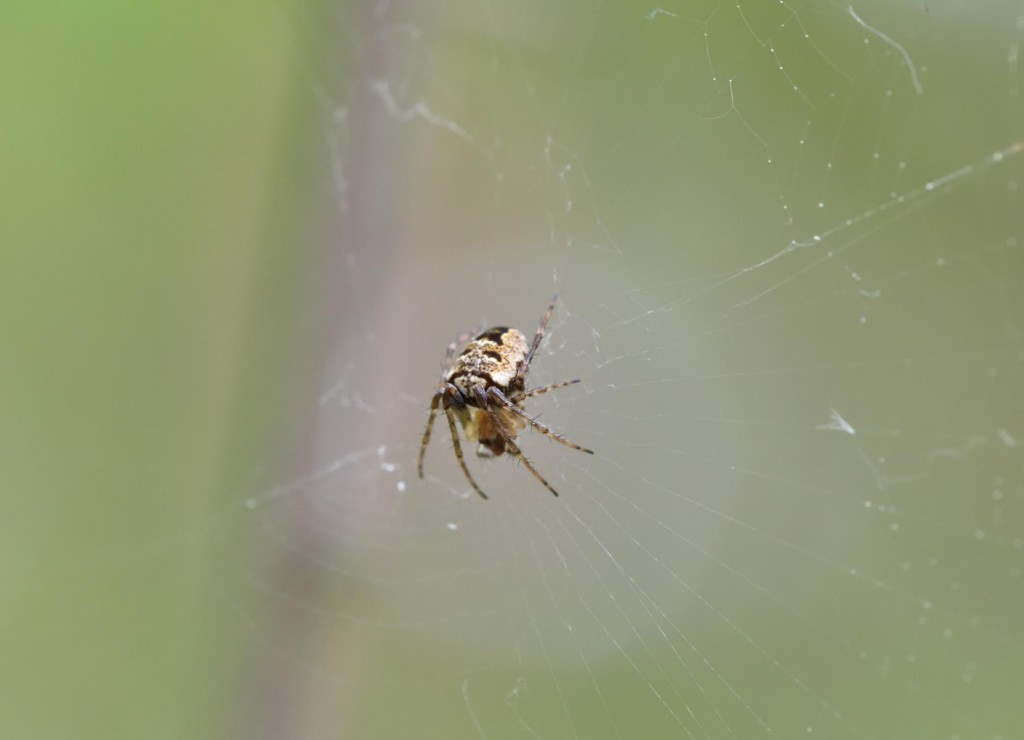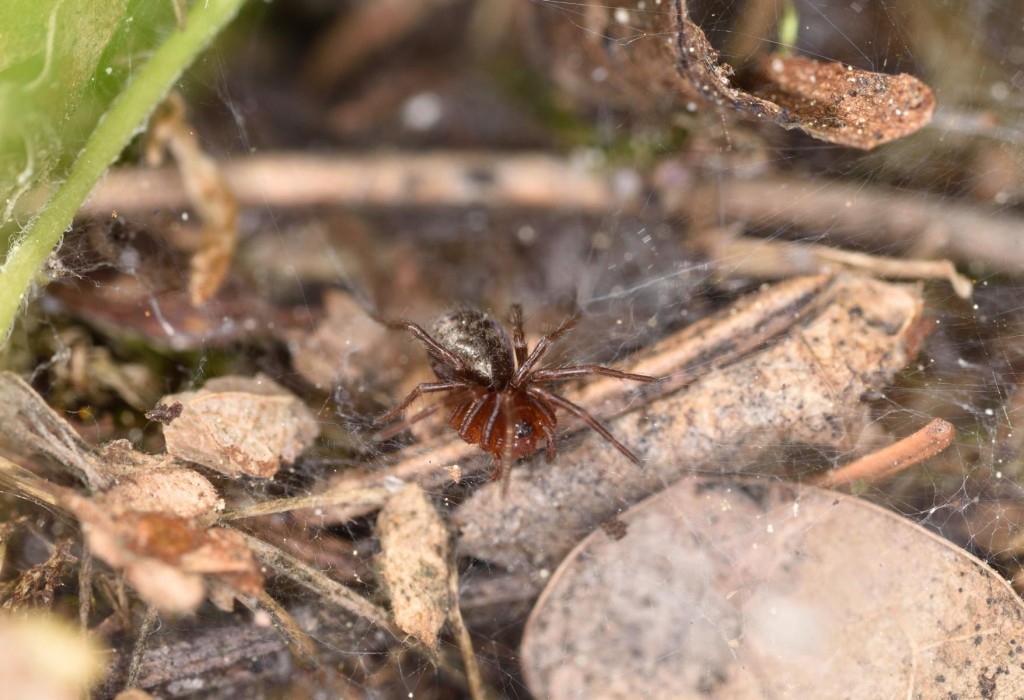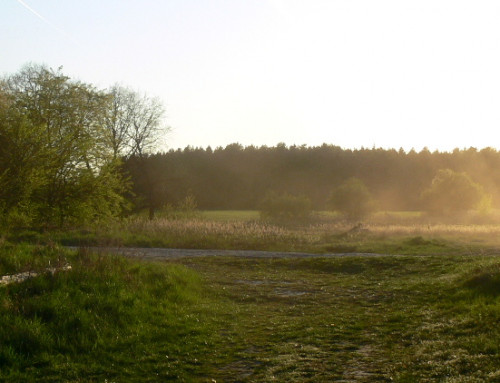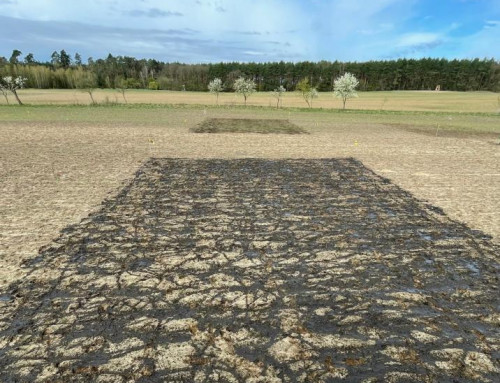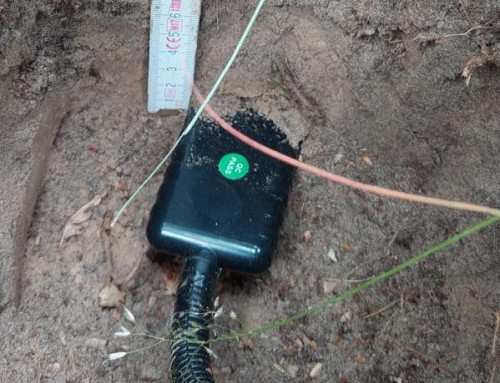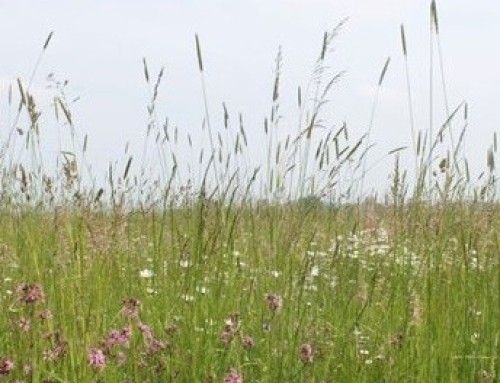Type of project: PhD project
Supervisor: Prof. Dr. Klaus Birkhofer, Brandenburg University of Technology Cottbus – Senftenberg
About the project
Spiders are one of the most abundant predator groups and occur in a wide range of terrestrial ecosystems. Spiders are of great value to human societies as they provide important ecosystem services such as supressing agricultural and forestry pests.
They are also important indicators of environmental change. Biotic and abiotic factors such as the structure of the vegetation, soil moisture, disturbance and management in part determine the composition of spider communities. To protect certain forest areas from grazing and other types of disturbance, forest owners can restrict the areas with a fence. Grazing animals such as deer will alter the structure of the vegetation and foraging behaviour of the wild boars will change the soil structure and moisture. Spider species richness is positively related to a higher vegetation complexity and habitat heterogeneity, as this will increase the number of ecological niches. The aim of the study is to compare the composition of spider communities and their prey in fenced and unfenced plots in a forest.
The plots are 10 x 10 m and 11 replicated treatment plots with fences compared to adjacent unfenced control plots. The study is conducted in a mixed forest with sandy soils belonging to the Zwillenberg-Tietz Stiftung. Spiders are analysed inside the plots using two sampling techniques: web-building spiders and their prey in the vegetation strata are sampled by visual search and collected by hand. Since the leaf litter cannot be investigated through hand collection, a sieving technique was used to collect spiders from litter. All spiders and prey items are then identified with the help of a stereomicroscope. The expected results will not just provide insights in the effect of gamer fences on spider communities, but will also provide information about functional changes in local spider-prey food webs.

